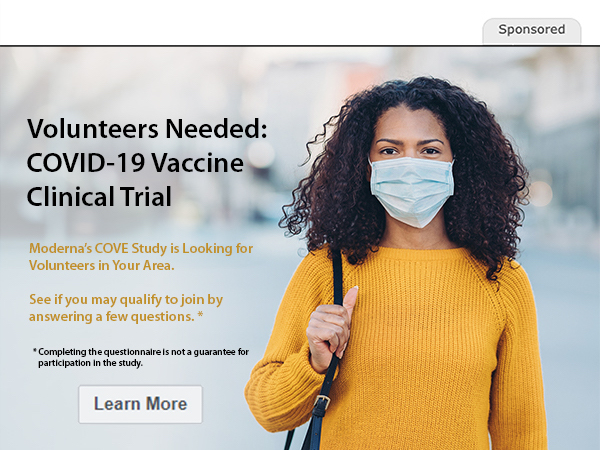My name is Rick Davis. This summer, I interned remotely for Medivizor from my home in Cincinnati, Ohio. I am a sophomore studying finance and economic consulting at Indiana University.
As much as the COVID-19 pandemic has impacted my life, its impact was not fully realized until a member of my household tested positive for the virus. My father contracted COVID-19 in late July and quickly developed mild to moderate symptoms. While his condition did not require hospitalization, it did require careful monitoring and at-home care. Fortunately, 3 weeks after first testing positive, my father received two negative test results. The rest of my family, myself included, also tested negative at that time. I have documented below the most important takeaways I have from the experience of living in a household with an infection.
Isolation
The first and most important step we took upon my father developing symptoms was to isolate him and the rest of my family. We stopped making trips to the market, restaurants, and any other public places. We also maintained isolation within the home, keeping my father in one area and wearing masks anytime we travelled through the house. This came at a particularly difficult time as my sister and I prepared to depart for college and our ability to spend time together was greatly reduced.
Balance
One of the greatest challenges was maintaining a balance between caring for my father and ensuring I did not contract the virus. While the efficacy of masks is unquestionable, they are not an absolute shield. Contact with my infected father was minimal, but necessary at times to take care of him and monitor his condition.
Monitoring
Through the course of infection, we regularly monitored my father’s vitals. One of the most important was his blood oxygen level, which can be measured with a non-invasive device that rests on the finger. Monitoring his blood oxygen level was critical as this reading can be an early indicator that medical intervention is needed. See our post Happy Hypoxia and this important pdf. https://www.health.state.mn.us/diseases/coronavirus/hcp/pulseoximetry.pdf
Volatility
My father’s condition varied tremendously through the course of infection. Early on, he developed mild flu-like symptoms, including nasal congestion and a slight cough. He also lost the ability to taste or smell. Within the first week of infection, he also developed body aches and a number of other mild symptoms. One day he would feel relatively fine, and the next he would wake up with severe aches and some difficulty breathing. I would stress to anyone living with COVID-19 to not develop a sense of security when some symptoms subside, as some of my father’s worst days followed days where he felt better.
Overall, living with a family member who had COVID-19 has reinforced the importance of taking the global pandemic seriously. Fortunately, everyone in my household is now healthy and safe, but the infection of a family member disrupted nearly every facet of our lives as my sister and I prepared to return to school and my mother to work. Taking care of my father and avoiding becoming infected took priority above all else. I implore everyone reading to take this pandemic seriously, regardless of your age or background. Masks and health precautions should not be a political issue, as these measures may be a matter of life and death. Wear a mask in public, monitor your health, and check up on your loved ones. Stay safe and stay strong!
Feature Image: Image by FrankundFrei from Pixabay






